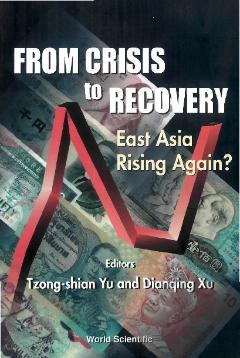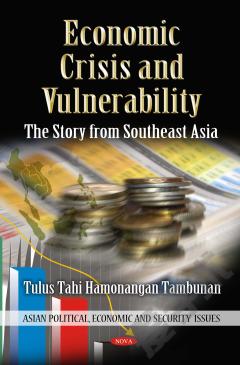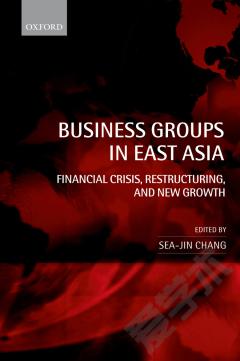East Asia: Growth, Crisis & Recovery
When the financial firestorm swept through Asia in 1997, many economists scrambled to put together a coherent explanation of such a crisis. Early responses focused on economic and currency issues but these were more likely to be symptoms of the crisis and not causes. Soon after, it became apparent that the very essence of the crisis was of a financial, capital flow and banking nature. Further investigation revealed the crucial role played by foreign money, loose lending practices by banks and unhedged $US-denominated debt interacting to generate a huge asset price bubble. The twin liberalisations of deregulating capital flows and the domestic financial sector produced an explosion in foreign lending, and in turn a domestic credit boom.This book seeks to fill the vacuum of understanding between the causes of the crisis and those of the “miracle” or boom. In many ways, financial variables and high profitability were at the heart of the unprecedented 35-year expansion, and not just the traditional explanations of accumulation and high productivity. For such reasons this book unveils the Western shuttle model (WSM) of economic take-off where catch-up growth is very much a function of exports to mature economy markets, which in turn generate super-profits and so super-growth. The WSM offers several explanations of the crisis including a loss of short term competitiveness, due in part to the asset price bubble crowding out viable export opportunities. In summary, the origins of East Asia's ascent and of its demise are but the same.
{{comment.content}}








 京公网安备 11010802027623号
京公网安备 11010802027623号